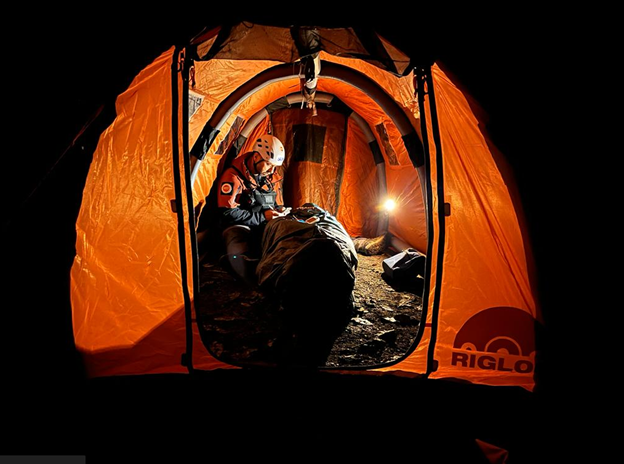
18/06/2025
Why the hypothermia burrito wrap is deeply flawed. Hypothermia, are you serious?
The colourfully named ‘hypothermia burrito wrap’ is a method frequently used to treat casualties suffering from hypothermia. The principle behind the method is to wrap someone in layers to retain and gradually restore body heat; the term ‘burrito wrap’ coming from the way the person is bundled up to resemble a wrapped burrito - the popular Mexican stuffed tortilla dish.
At face value, the idea behind the hypothermia ‘burrito’ wrap makes good sense, but on close examination is, unfortunately, deeply flawed. In this article, we’ll look at the hidden dangers behind the hypothermia burrito wrap and explain why this method can often put patient safety at risk.
Restricts access
A burrito wrap is designed to minimise heat loss by wrapping a casualty up tightly like a – well, like a burrito. This can restrict access to the casualty, making it difficult to monitor their condition and manage their body temperature effectively. In some circumstances this can increase the casualty’s risk of hypothermia, especially in trauma patients who are already vulnerable.
This is because continuous monitoring of trauma patients is essential to detect the early signs of hypothermia, so that you can take immediate action to warm them. Any kind of tight wrap or clothing could hinder your ability to regularly check the casualty’s temperature, so that the early warnings of hypothermia go unnoticed.
Additionally, hypothermia prevention requires easy access to the casualty for applying warming measures, such as blankets and heat packs. An overly tight wrap could impede your efforts.
Traps moisture and exacerbates heat loss
Hypothermia burrito wraps can be good at helping casualties to retain their own body heat, so in this sense they do their job. However, the non-porous material also makes it difficult for moisture to escape, and can trap moisture within the wrap. For patients in damp environments or wearing wet clothes, this can exacerbate heat loss and increase the risk of hypothermia. Helping the patient out of wet clothing, followed by proper drying and insulation, is essential to avoid hypothermia. For a dry and well insulated patient, a burrito wrap could reduce heat loss and help keep them warm, but there is still the serious drawback of the way that the product inhibits access for monitoring and treatment.
What is the alternative?
So, if you don’t want the burrito, what else is there for effective hypothermia management? Ideally, you’ll want a solution that allows both good insulation and accessibility. For example, the XtractTM SR Heatsaver from TSG Associates is designed to keep the casualty warm without compromising your ability to monitor and treat them where appropriate.
Download our free guide to hypothermia management
To find out more, please click here to download a free copy of our Hypothermia Management Guide, and discover the benefits of our novel lightweight system for managing hypothermia in trauma casualties.




.png)







